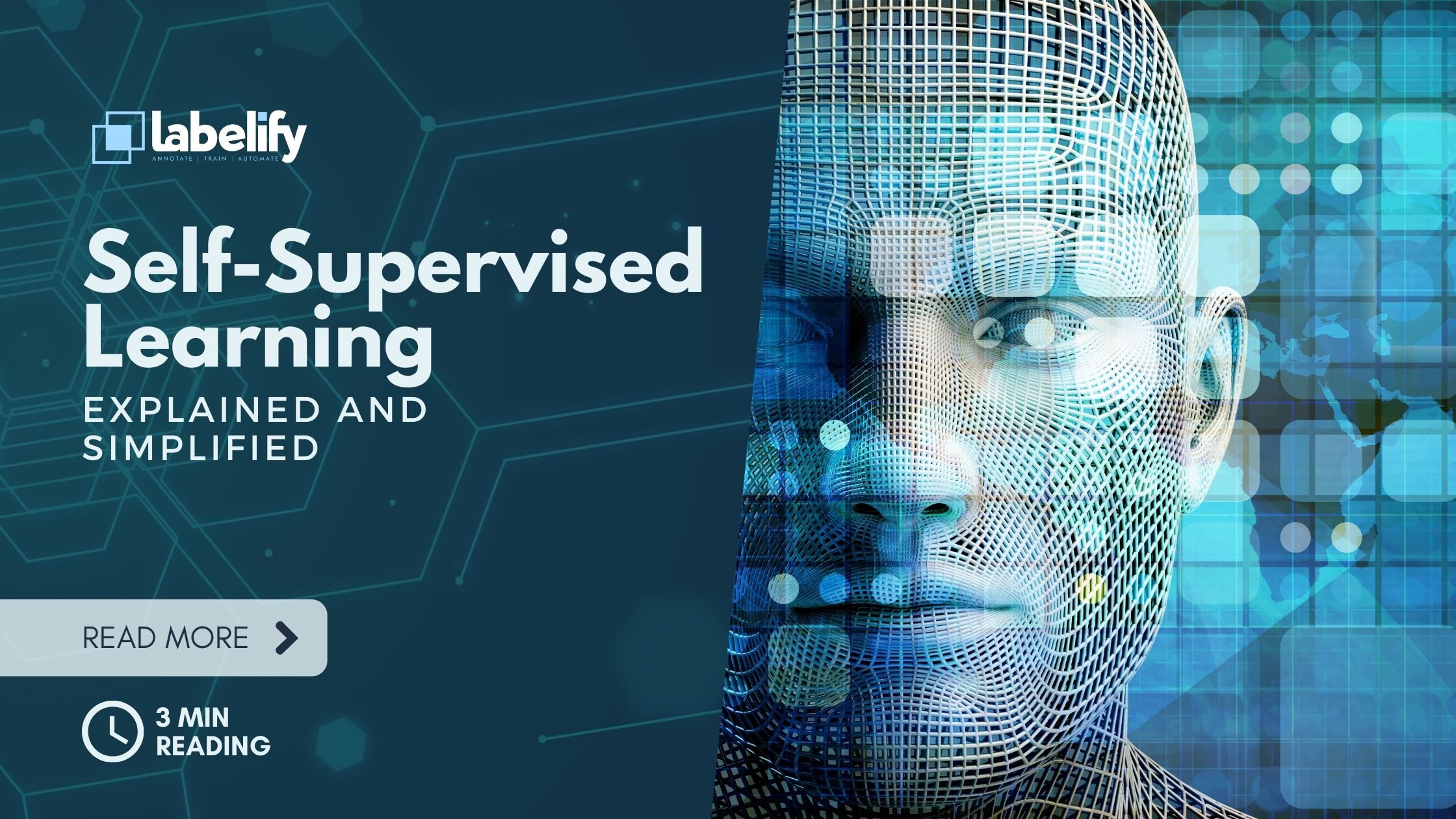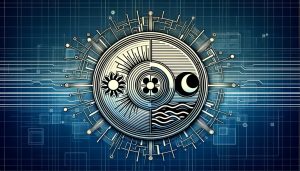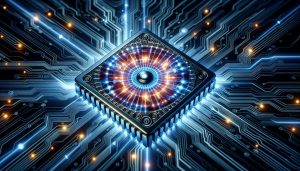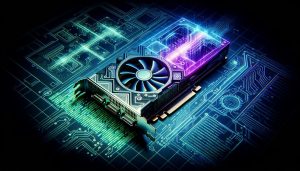Welcome to 'The Beginner's Guide to Self-Supervised Learning,' an enlightening article that delves into the world of Self-Supervised Learning (SSL) and its transformative potential.
SSL revolutionizes the field of Machine Learning by enabling models to learn from unlabeled data, eliminating the need for human-labeled ground truths.
This cutting-edge approach empowers AI systems to autonomously extract complex patterns and insights, enhancing efficiency and scalability.
Join us as we explore the nuances of SSL, its benefits, limitations, and diverse applications across industries.
Get ready to unlock the power of self-learning AI systems and liberate your data-driven endeavors.
Key Takeaways
- Self-Supervised Learning (SSL) is a Machine Learning paradigm that generates data labels automatically from unstructured data.
- SSL allows AI systems to train themselves, reducing training time and the need for manual data labeling.
- SSL can learn complex patterns from unlabeled data and has been successfully applied in computer vision and Natural Language Processing (NLP).
- SSL has applications in various domains such as medical imaging, histopathology image classification, segmentation of medical images, and 3D rotation tasks.
What Is Self-Supervised Learning
Self-Supervised Learning is a machine learning approach that enables models to generate data labels automatically from unstructured data. This innovative method liberates AI systems from the dependence on manual labeling, making it more cost-effective and efficient.
However, Self-Supervised Learning also faces challenges. One such challenge is the reliance on the model to make sense of unlabeled data and generate accurate labels. Additionally, Self-Supervised Learning models may not perform as accurately as supervised learning models in certain cases, especially for complex tasks that require explicit supervision.
Nevertheless, the future developments in Self-Supervised Learning hold promise. Ongoing research aims to enhance the accuracy and performance of Self-Supervised Learning models. The exploration of novel techniques, such as energy-based models, contrastive learning, and instance discrimination, will further advance the capabilities of Self-Supervised Learning in various domains.
Comparison With Supervised and Unsupervised Learning
When comparing Self-Supervised Learning with Supervised and Unsupervised Learning approaches, it is important to understand their fundamental differences and the specific tasks they are designed to tackle. Supervised Learning relies on manually labeled data, while Self-Supervised Learning generates its own labels from unstructured data. Unsupervised Learning, on the other hand, works with unlabeled data and focuses on clustering and dimensionality reduction.
To better visualize the differences, let's take a look at the following table:
| Approach | Task | Example |
|---|---|---|
| Supervised Learning | Data with manual labels | Image classification with labeled images |
| Self-Supervised Learning | Data with generated labels | Natural language processing |
| Unsupervised Learning | Data with no available labels | Clustering and dimensionality reduction |
Self-Supervised Learning has gained significant traction in natural language processing and computer vision. It allows models to learn from unlabeled data, reducing the dependence on costly and time-consuming manual labeling. By exploring the machine's capability of thinking independently, Self-Supervised Learning opens the door to new AI capabilities and advancements in various domains.
Importance and Benefits of Self-Supervised Learning
The importance and benefits of Self-Supervised Learning can be seen in its ability to eliminate the need for costly and time-consuming manual labeling of data. This revolutionary approach to machine learning offers a range of advantages that liberate practitioners from traditional constraints. Here are some key benefits:
- Cost-effectiveness: SSL reduces the financial burden associated with data labeling, enabling organizations to allocate resources more efficiently.
- Domain applicability: SSL is particularly valuable in domains like medical imaging, where manual annotation is challenging.
- Class imbalance resilience: Unlike supervised learning, SSL is not affected by class imbalance, ensuring robust model performance.
- Cross-domain versatility: SSL has successfully been applied in both Natural Language Processing (NLP) and computer vision, expanding its potential applications.
- Scalability: SSL is capable of handling massive amounts of unstructured data, making it ideal for large-scale projects.
Limitations of Self-Supervised Learning
Despite its many advantages, Self-Supervised Learning does have certain limitations that need to be considered.
One of the challenges in implementing self-supervised learning is the requirement for more computational power compared to supervised learning. Models trained with ground truths can be trained faster, making self-supervised learning models relatively slower.
Additionally, self-supervised learning relies on the model to make sense of unlabeled data and generate labels, which can be a challenging task. As a result, self-supervised learning models may not always perform as accurately as supervised learning models, especially in complex tasks where explicit supervision is lacking.
Evaluating the performance of self-supervised learning models can also be a daunting task, as there is no standard benchmark for comparison.
Despite these limitations, ongoing research aims to address these challenges and enhance the accuracy and applicability of self-supervised learning models.
Techniques of Self-Supervised Learning
Self-Supervised Learning encompasses a range of techniques that leverage unlabelled data to enable models to learn and make sense of complex patterns autonomously. These techniques have revolutionized various domains, including Natural Language Processing (NLP) and video understanding.
Here are some key techniques of Self-Supervised Learning:
- Language Modeling: In NLP, models are trained to predict missing words in a sentence, allowing them to learn the underlying structure and semantics of the language.
- Masked Language Modeling: This technique involves randomly masking words in a sentence and training the model to predict the missing words. It helps the model understand the context and meaning of words.
- Video Frame Prediction: For video understanding, models are trained to predict the next frame in a sequence. This enables the model to learn temporal dependencies and capture meaningful representations of videos.
- Contrastive Learning: This technique trains the model to differentiate between similar and dissimilar instances, enhancing its ability to capture fine-grained details and similarities.
- Instance Discrimination: Models are trained to discriminate between instances of the same class, promoting robust feature learning and improving generalization.
These techniques highlight the power of Self-Supervised Learning in unlocking the potential of unlabelled data in both NLP and video understanding domains.
Applications of Self-Supervised Learning
Applications of Self-Supervised Learning span across various domains, harnessing the potential of unlabelled data to enhance tasks such as image classification, natural language processing, and video understanding.
In image classification, self-supervised learning can learn representations from unlabelled images, enabling accurate classification even with limited labelled data.
In natural language processing, self-supervised learning techniques can be used to pretrain language models, improving the performance of tasks like text classification and sentiment analysis.
Additionally, self-supervised learning can enhance video understanding by learning temporal dependencies and predicting future frames.
Challenges in implementing self-supervised learning include designing effective pretext tasks, handling domain shift, and addressing dataset biases.
However, as self-supervised learning continues to advance, it holds great potential for revolutionizing various fields by leveraging the vast amounts of unlabelled data available.
Self-Supervised Learning in Medical Imaging
Self-Supervised Learning has shown significant potential in the field of medical imaging. It offers a promising approach to tackle the challenges faced in this domain. Here are some key aspects of Self-Supervised Learning in Medical Imaging:
- Improved Diagnosis: Self-Supervised Learning techniques can assist in automated diagnosis by analyzing medical images and identifying patterns or abnormalities.
- Efficient Detection: Self-Supervised Learning can enhance object detection in medical images, aiding in the identification and localization of specific structures or lesions.
- Natural Language Processing: Self-Supervised Learning techniques can also be applied to medical text data, enabling automated analysis and understanding of clinical reports and research papers.
- Enhanced Precision: By leveraging unlabeled medical imaging data, Self-Supervised Learning can improve the precision and accuracy of medical image segmentation tasks.
- Future Innovations: Self-Supervised Learning in medical imaging holds the potential to revolutionize healthcare by enabling faster and more accurate disease diagnosis, treatment planning, and monitoring.
Incorporating Self-Supervised Learning into medical imaging can lead to groundbreaking advancements, liberating healthcare professionals from manual annotation and enabling more efficient and precise medical decision-making.
Self-Supervised Learning in 3D Rotation Tasks
Continuing the exploration of Self-Supervised Learning in medical imaging, this subtopic delves into the application of Self-Supervised Learning in 3D rotation tasks. Self-supervised learning has proven to be a powerful technique in various domains, including robotics and natural language processing. In 3D rotation tasks, self-supervised learning algorithms can learn to predict the orientation of objects without explicit supervision. This has significant implications for tasks that require precise object orientation, such as packing and assembly. To illustrate the potential of self-supervised learning in 3D rotation tasks, the following table showcases some applications in different fields:
| Domain | Application |
|---|---|
| Robotics | Object manipulation and grasping |
| Natural Language Processing | Semantic understanding of text |
| Computer Vision | Augmented reality and object recognition |
Self-Supervised Learning for Signature and Forgery Detection
How can self-supervised learning be applied to the detection of signatures and forgeries?
- Self-supervised learning for signature detection: By training a model using unlabeled signature images, the model can learn to identify genuine signatures based on patterns and features. This can help in detecting forged signatures and ensuring the authenticity of documents.
- Self-supervised learning for forgery detection: By training a model on a large dataset of genuine and forged documents, the model can learn to differentiate between authentic and forged documents based on subtle variations and inconsistencies. This can be applied to various types of forgery, such as counterfeit currency, fake passports, or manipulated contracts.
- Integration with natural language processing: Self-supervised learning can also incorporate natural language processing techniques to analyze the content of documents and identify language patterns that indicate forgery or tampering.
- Integration with object detection: Self-supervised learning can be used to detect objects such as security features, watermarks, or holograms on documents, helping in the detection of forged or counterfeit documents.
- Potential for real-time detection: With the advancements in self-supervised learning algorithms and hardware capabilities, there is a potential for real-time signature and forgery detection systems that can be deployed in various domains, including finance, law enforcement, and border control.
Self-Supervised Learning for Image Colorization and Inpainting
The application of self-supervised learning in image colorization and inpainting is a valuable technique. It can enhance the visual quality and completeness of images by automatically predicting missing or incomplete parts with great accuracy and efficiency.
By training models on large amounts of unlabeled data, self-supervised learning enables the system to learn complex patterns. It can generate realistic and coherent colors for grayscale images. This technique not only saves time and resources but also allows for the creation of more visually appealing and contextually complete images.
Additionally, self-supervised learning can be extended to other domains such as video analysis. It can learn temporal dependencies and predict future frames. It can also be applied to text generation, where it can generate coherent and contextually relevant text based on unlabeled data.
Frequently Asked Questions
How Does Self-Supervised Learning Differ From Traditional Machine Learning Approaches?
Self-supervised learning differs from traditional machine learning approaches by utilizing unsupervised representation learning. Unlike supervised learning, which requires manual labeling of data, self-supervised learning generates its own labels from unlabeled data. This eliminates the need for costly and time-consuming data labeling, making it a more cost-effective approach.
Self-supervised learning offers numerous benefits, including the ability to work with large amounts of unstructured data, scalability, and the potential for new AI capabilities. It allows machines to think independently, leading to innovative advancements in various domains.
Can Self-Supervised Learning Be Used for Tasks Other Than Computer Vision?
Yes, self-supervised learning can be used for tasks other than computer vision. It has shown promising results in natural language processing (NLP) and transfer learning applications.
By leveraging unlabeled data, self-supervised learning can learn rich representations of text, enabling better understanding and generation of language. This has a significant impact on various NLP tasks, such as language translation, sentiment analysis, and text summarization.
Self-supervised learning opens new avenues for innovation and liberation in the field of language processing.
What Are the Main Challenges in Implementing Self-Supervised Learning?
The main challenges in implementing self-supervised learning lie in the reliance on the model to generate labels and make sense of unlabeled data. This can be a complex task, especially for certain complex tasks where explicit supervision is lacking.
Additionally, self-supervised learning requires more computational power compared to supervised learning, and the models may not perform as accurately as supervised learning models in some cases.
However, despite these challenges, self-supervised learning holds great potential for real-world applications and offers benefits such as cost-effectiveness, scalability, and the ability to explore machine thinking independently.
How Does Self-Supervised Learning Compare to Supervised Learning in Terms of Computational Requirements?
In terms of computational requirements, self-supervised learning (SSL) can be more demanding compared to supervised learning. SSL relies on the model to generate labels from unlabeled data, which requires additional computational power.
However, SSL offers computational efficiency and scalability benefits by eliminating the need for manual data labeling. This allows SSL to handle massive amounts of unstructured data and explore the machine's capability to think independently, leading to new AI capabilities in various domains.
Are There Any Limitations or Drawbacks to Using Self-Supervised Learning in Certain Applications?
There are limitations and drawbacks to using self-supervised learning in certain applications. Despite its effectiveness in learning complex patterns from unlabeled data, self-supervised learning requires more computational power compared to supervised learning.
Additionally, models trained with ground truths can be trained faster than self-supervised learning models. The reliance on the model to generate labels from unlabeled data can also pose challenges, leading to potential inaccuracies.
In complex tasks, self-supervised learning models may struggle due to the lack of explicit supervision.
Conclusion
In conclusion, Self-Supervised Learning (SSL) is a powerful paradigm in Machine Learning that allows models to generate data labels automatically from unstructured data. It offers numerous benefits, including efficiency, reduced training time, and applicability to challenging domains like medical imaging.
Despite its limitations, SSL has the potential to scale to massive amounts of unstructured data and has found applications in various fields. With ongoing research and advancements in SSL techniques, its potential for revolutionizing AI systems and unlocking new possibilities is immense.




